Why Your Floating Fly Line Sinks – And How to Fix It
December 10th, 2023
One common problem anglers face is floating fly line that unexpectedly begins to sink. It generally only happens after several outings, and the tip is usually affected the most, but it’s something every fly fisher will experience at some point.
The problem never fixes itself, so you’ll need to proactively find a solution. And that’s why you’re reading this article!
I’ll explain to you exactly why your floating fly line is sinking, how to get it to float again, as well as the average lifespan you can expect from your line.
And with that, let’s jump into it.
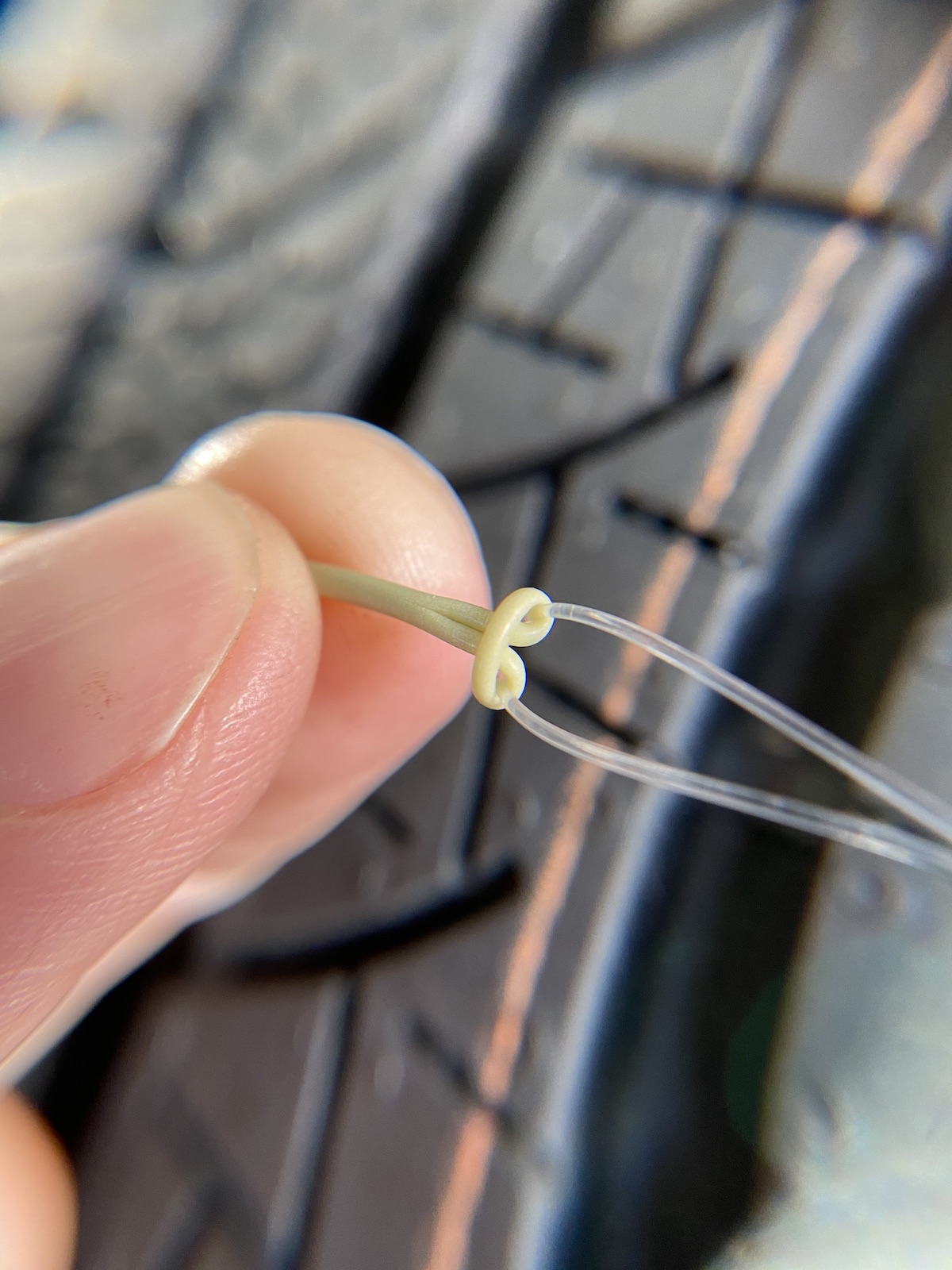
Here’s a close-up picture I took of a fly line’s welded loop section.
Why Floating Fly Line Sinks
Floating fly line sinks for one main reason: dirt and grime build-up.
Your fly line will slowly (but surely) attract dirt and algae over time. This grime will increase the overall weight and specific gravity of your fly line until it sinks, albeit relatively slowly.
It’s really that simple.
There are other contributing factors, though.
If you get nicks (cuts) in your fly line, water will be allowed to enter the core. Contrary to popular belief, this alone will not sink your fly line. The reason is, in order for your line to sink, it’s specific gravity must be higher than the specific gravity of water (which is 1.0).
Your floating fly line contains innumerable hollow glass micro bubbles which help keep it afloat. While water getting into your line is certainly something to avoid, it alone isn’t going to sink your line.
By the way, the most common way of nicking your line is stepping on it. I’ve done this countless times. It’s almost always after you strip in a fish and your fly line is around your feet. It makes me cringe every time.
Here’s a picture of one of the cleats on my wading boots. You can see how it could easily damage fly line, especially when fishing in a rocky area.
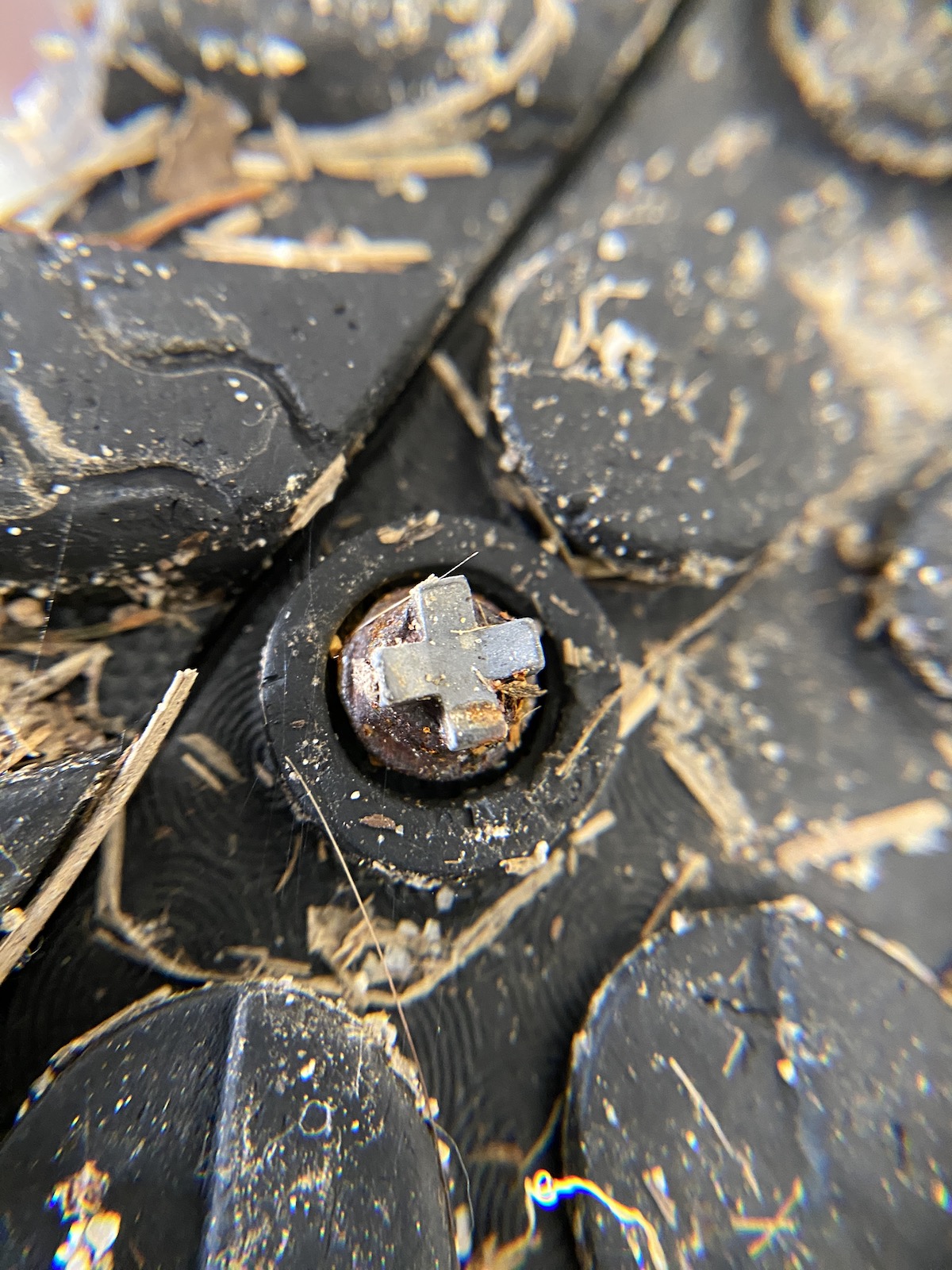
So, you want to avoid water entering your line, but dirt and grime are the prime culprits of sinking lines.
If your fly line doesn’t have factor welded loops (see picture at the top of this article), you’re going to want to seal the tip of your line with any number of products.
Why Does The Tip of my Fly Line Sink?
The tip of your fly line will sink the most easily because it’s tapered (less floating matierial), and also gets the most contact with water (and dirt, etc).
Also pay attention to your leader. If you’re using a fluorocarbon leader, it’s going to sink and will pull on your floating fly line. Fluoro sinks, while monofilament doesn’t.
How to Fix Floating Line That Sinks
You can solve the problem of floating line that sinks simply by regularly cleaning your line. That’s it.
If you want to really do it right, you’ll apply line dressing as well.
If you’re wondering what I’m talking about, you’re in luck, because I’ve written an article that will explain exactly how to clean and dress your fly line.
In simple terms, cleaning your fly line involves using mild soap and water. After letting your line dry, you then apply a line dressing that adds a protective coating that helps seal the line.
Another tip is to add some grease to the butt (thickest part) of your leader. If you’d like to learn more, I’ve written about how to grease your leader.
Here are a few of the products I use (interchangably) to clean and dress my fly line. You can get them on this page at Amazon. I also really like Scientific Anglers cleaning pads for a quick and easy solution.
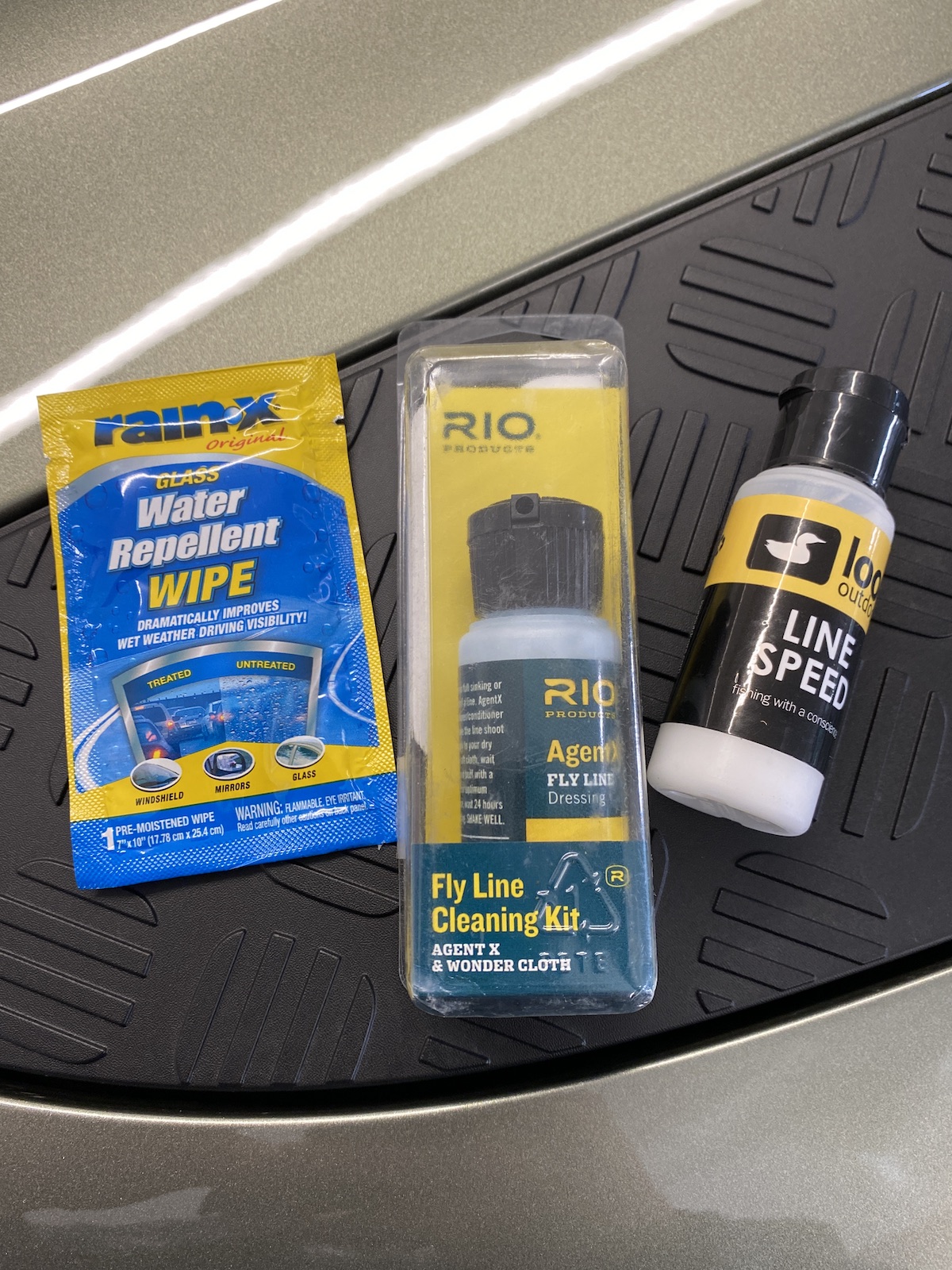
Lifespan of Floating Fly Line
Assuming you fly fish a reasonable number of times per year, you can expect your floating fly line to last three to four years. Temperature, water, grime, and UV rays will eventually exact their toll and render your line useless.
Periodically inspect your fly line for nicks and scrapes, because dirt can accumulate in these damaged sections.
Once in a while I’ll run the first 20-feet or so of line through my fingers to feel for abrasions–this is usually more effective than using your eyes to scan the line.
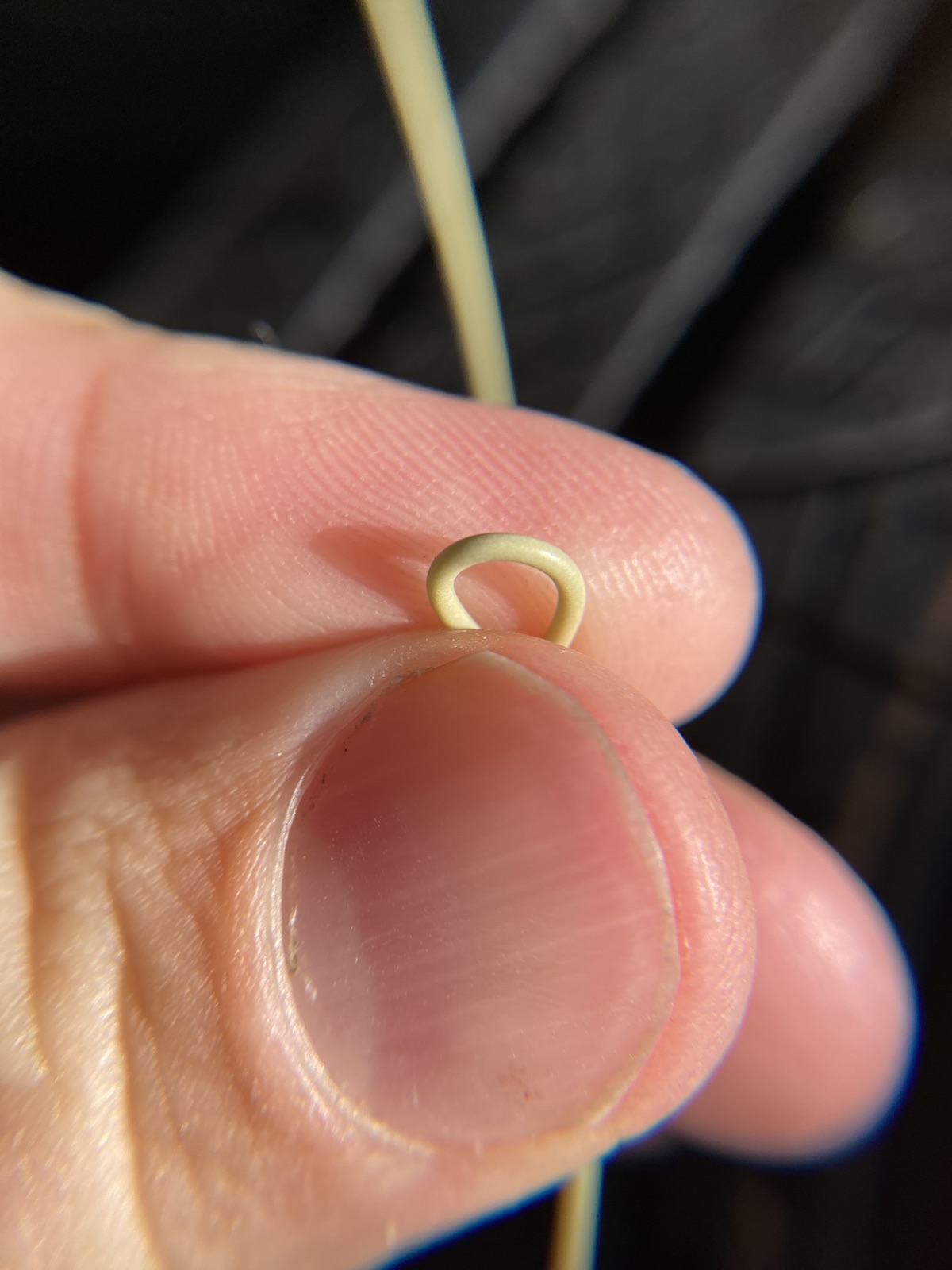
Summary
While nicks and abrasions should always be avoided, if your floating line is sinking, simply cleaning it will solve the issue the vast majority of the time.
If you want to increase your line’s floatability, as well as your casting distance, apply line dressing after you’re finished cleaning it.
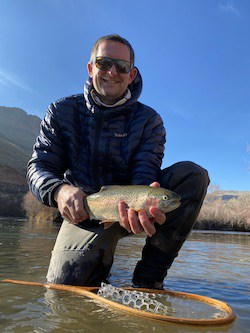
About the Author
My name's Sam and I'm a fly fishing enthusiast just like you. I get out onto the water 80+ times each year, whether it's blazing hot or snow is falling. I enjoy chasing everything from brown trout to snook, and exploring new waters is something I savor. My goal is to discover something new each time I hit the water. Along those lines, I record everything I learn in my fly fishing journal so I can share it with you.
Follow me on Instagram , YouTube, and Facebook to see pictures and videos of my catches and other fishing adventures!


